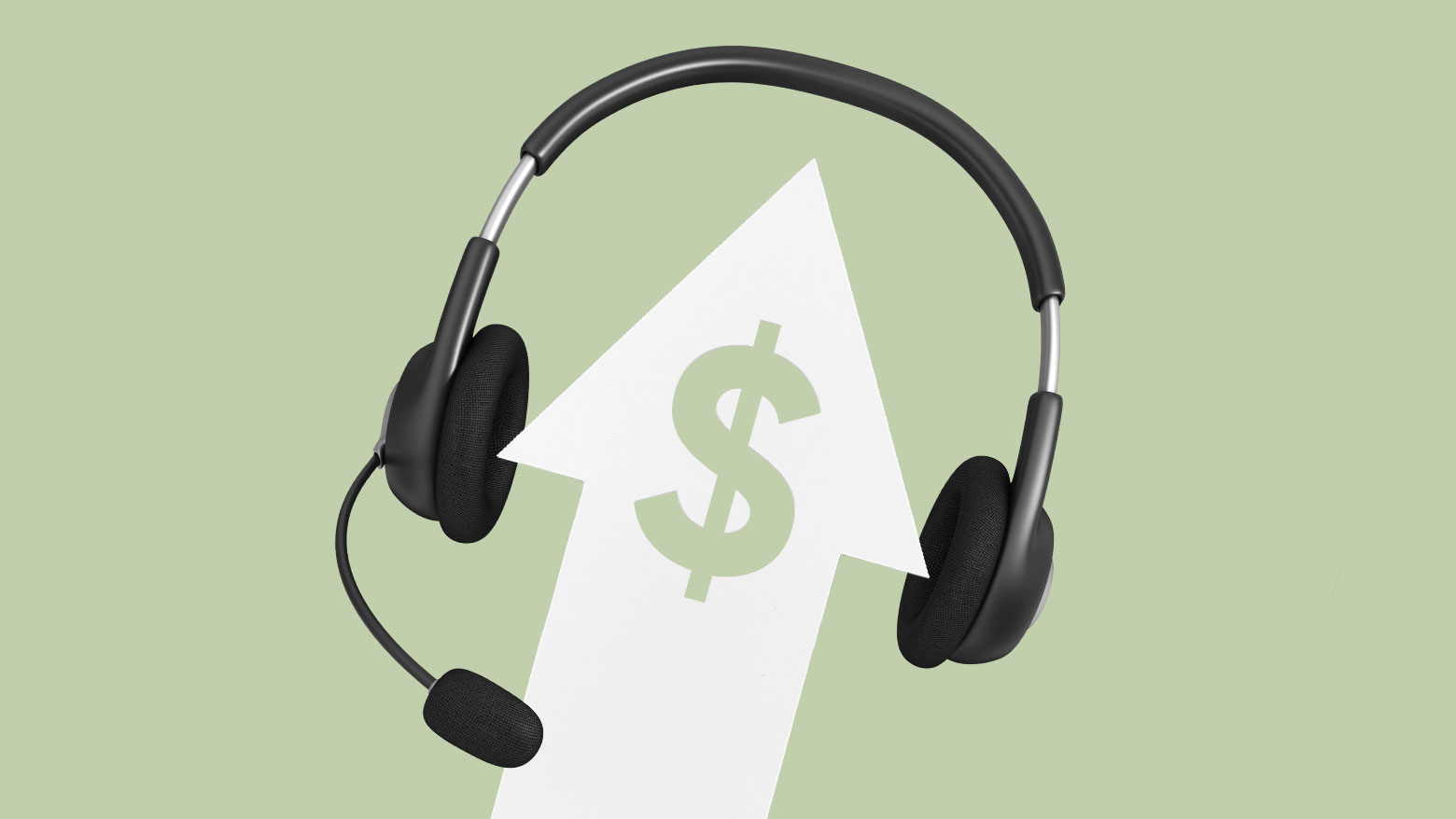How to Set a Local Marketing Budget for Your Campaign
Setting a local marketing budget is just like setting any other budget. You have to be organized, think everything through, gather the details, and put your budget down in written form. A solid local marketing budget will help you get the most bang for your buck.
Just as important though, mapping out your budget will allow you to see where you may be overspending and what costs you could eliminate.
Laying out your local marketing budget in detail may also show you where funds might be better and more efficiently used for something else.
In this piece, we outline a process and structure for how to set your local marketing budget.
Plan and Set Objectives
The first step when setting a local marketing budget is to review your goals — or set goals if you don’t have them.
If you already have a strategic plan, sales forecast, or overall marketing plan, use the goals from your plan or forecast. If you don’t have a plan or forecast, you’ll need to establish goals.
Most local businesses are looking to increase their number of customers and sales revenue.
- How many leads or sales are you trying to make?
- How much website traffic do you want to generate?
- How much foot traffic do you want to get?
These become your goals, and the steps to get there are your objectives. Start by determining how many local customers you want for the day, month, and year. Then figure out an amount your average customer should spend over these same periods.
Other considerations when developing a set of objectives for a local marketing budget include determining where your target customers should come from.
Are they from down the street, your local neighborhood, across town, from neighboring communities, or simply from the same zip code?
What Kinds of Advertising and Marketing to Budget For
When creating your local marketing budget, consider the goals you are trying to reach and choose the type of advertising accordingly.
For example, a local television ad may reach a million viewers. But it may cost as much as $5,000 to do so, with production fees starting at $2,000. So figure on a budget of $7,000 just to get started for the first month.
For a larger business — say a car dealership or a large restaurant — this may be worth the cost, but for a small coffee shop, probably not.
There are, of course, cheaper options. On the other end of the spectrum, using social media — updating a Facebook page, Twitter account, Instagram account, etc. — costs nothing but time.
Still time spent managing your Facebook and other social channels will take away from other things. Also while social media may keep your local business top of mind with existing customers and local fans, it may not be the answer if your goal is to generate foot traffic to your new cocktail bar or cafe.
By contrast, online listings on platforms like Google My Business, Bing Local, and Yahoo! Localworks, as well as online reviews on other sites, give your business the edge with local customers searching online for your product or service.
Options like Yext’s listing management tool can help you keep business listings for your site consistent across more than 80 sites across the internet.
Yext can also help you easily monitor reviews of your business on third-party sites with a dashboard that allows you to view, organize, and respond to reviews about your business.
How to Calculate Your Local Marketing Budget
With all these options, you’ll need to consider the amount of money you have to dedicate to your local marketing efforts.
As mentioned earlier, television ads can be terrifically expensive. Social media sites are free to use, but you may need to hire a freelancer or agency for a few hundred or a few thousand dollars a month to manage your social media presence for you.
And these are only a few of many options!
Ryan Flannigan, founder and CEO of Nuanced Media, gives this rule of thumb. For new companies, plan to reinvest 12 to 20 percent of your revenue into local marketing. For established companies already known to local consumers, scale that local marketing budget down to 6 to 12 percent of revenue.
Why the difference? Well, arguably you’ll need more local marketing when starting out to establish your brand and get the word out to customers.
If you haven’t got any revenue coming in yet, use your projected revenue as a guide.
Breaking it Down by Monthly Spend
Once you decide how much you can spend overall on local marketing, it’s time to get more specific.
Download the template we’ve created to help you break down your local marketing budget by monthly spend and decide what kind of local marketing you should do with that money.
First, you’ll need to calculate the monthly spend based on your projected local marketing budget for the year and fill it in at the bottom of the template. We’ve already filled in average monthly expenditures for a wide variety of local marketing activities — including TV advertising, newspaper advertising, social media, mobile marketing, and more.
You definitely won’t need to budget for all of these, so pick the marketing channels you feel will be most effective in reaching your customers and subtract the rest until the total expense is within your monthly budget the budgeting costs we’ve added are based on rough estimates, so you may also find bargains by shopping around a bit).
Track ROI and Refine
Finally, after creating your local marketing budget, you’ll want to track the return on investment — whatever that investment ends up being.
The key is to devise ways to determine which marketing investments are working and which are not. Some basic options include call trackers and unique URLs for each marketing channel. These tools can help you determine what marketing activities have resulted in the highest online traffic or number of phone leads.
Free tools like Google Analytics may also be helpful in determining which social channels or other sites are referring the most traffic to your website.
For a more comprehensive look at how customers are interacting with your business, tools like Yext Analytics give you customer engagement at a glance. These tools can show you how customers are engaging with your brand all across the web — whether via social media, third-party review sites, or various online listing sites.
As you study what’s working and what’s not, adjust your budget accordingly. Discontinue marketing efforts that bring only limited results. Reinvest in those with better returns. Or invest in new marketing activities to expand your audience reach. And again, monitor and adjust these new marketing investments accordingly.
Post a Comment
You must be logged in to post a comment.





